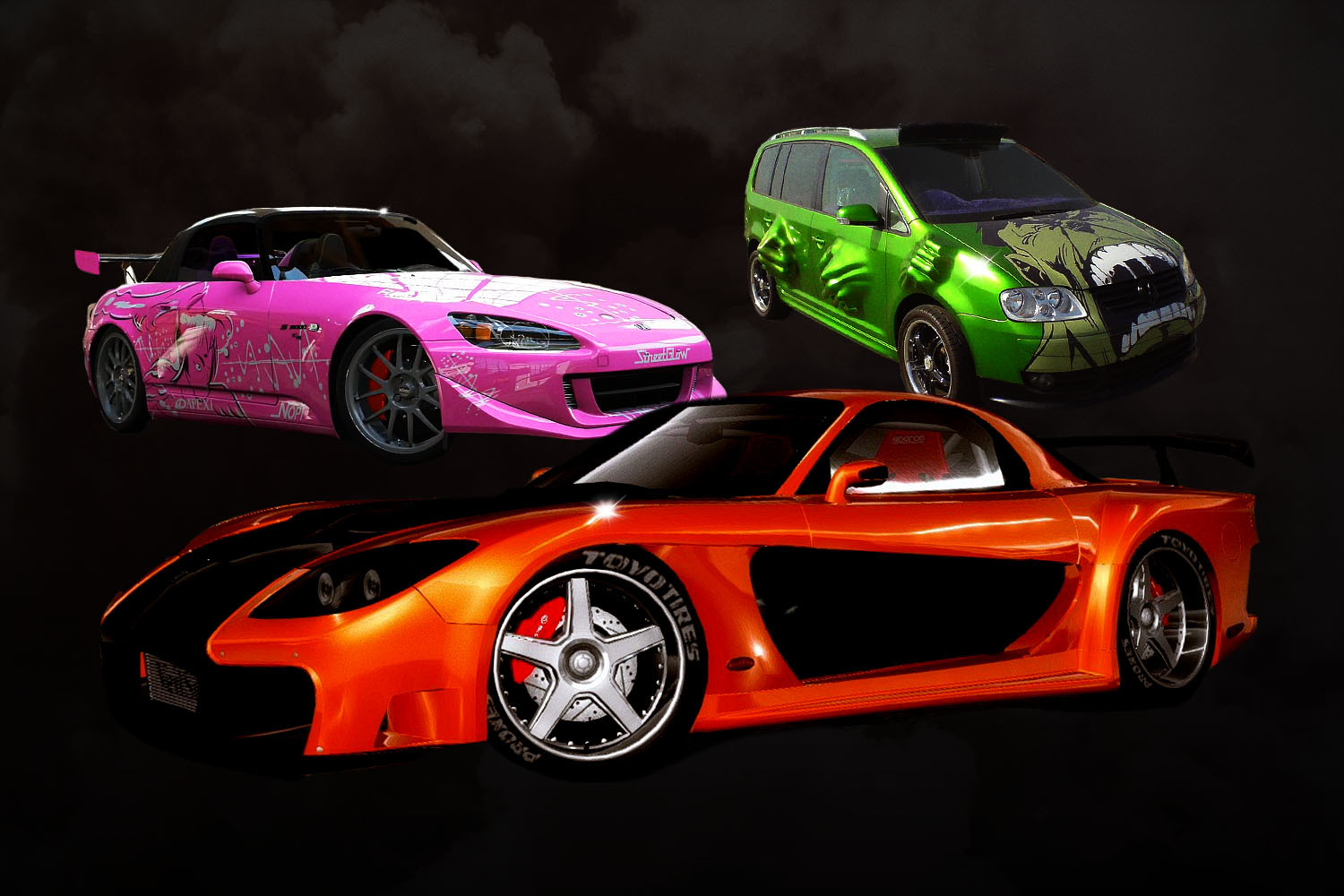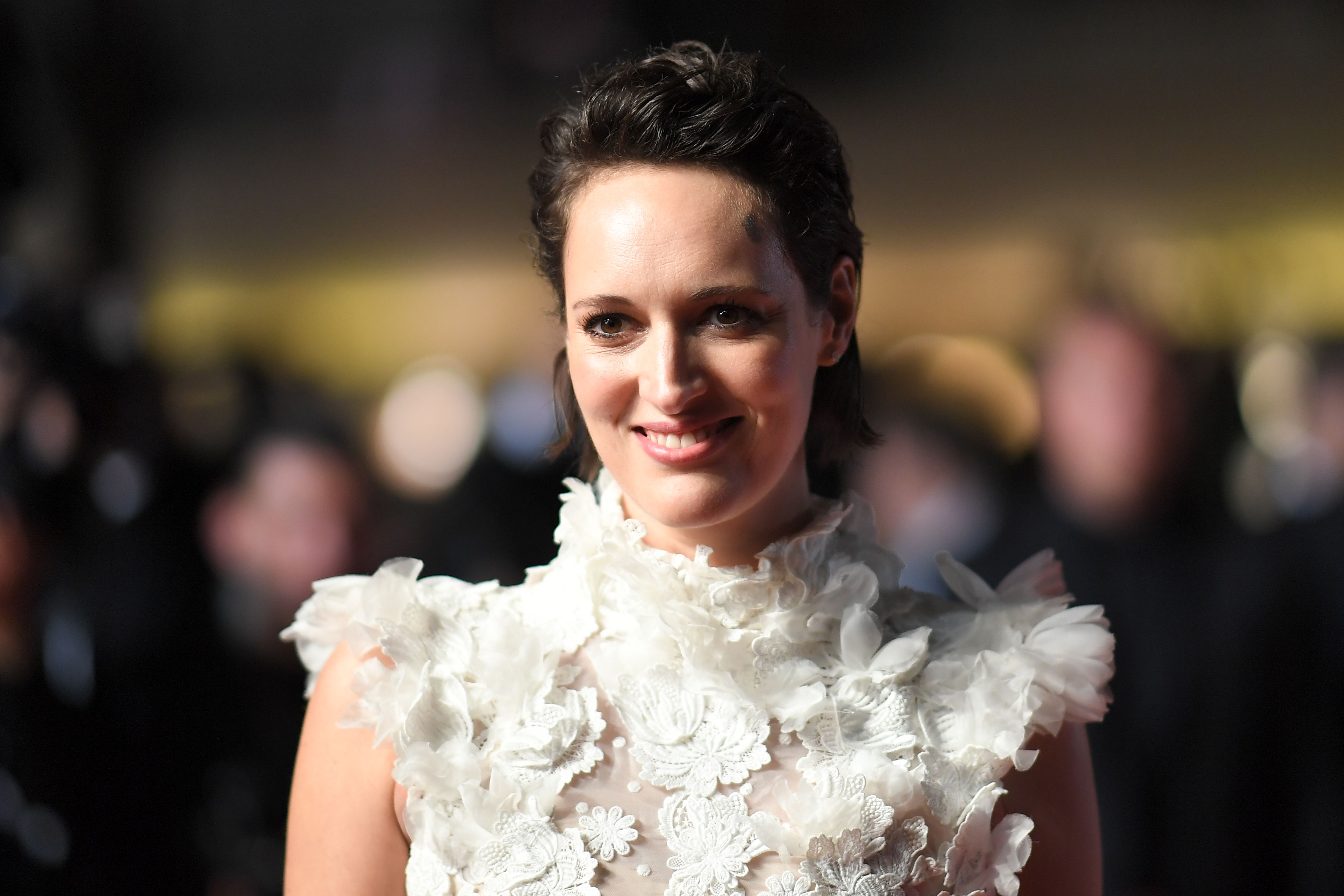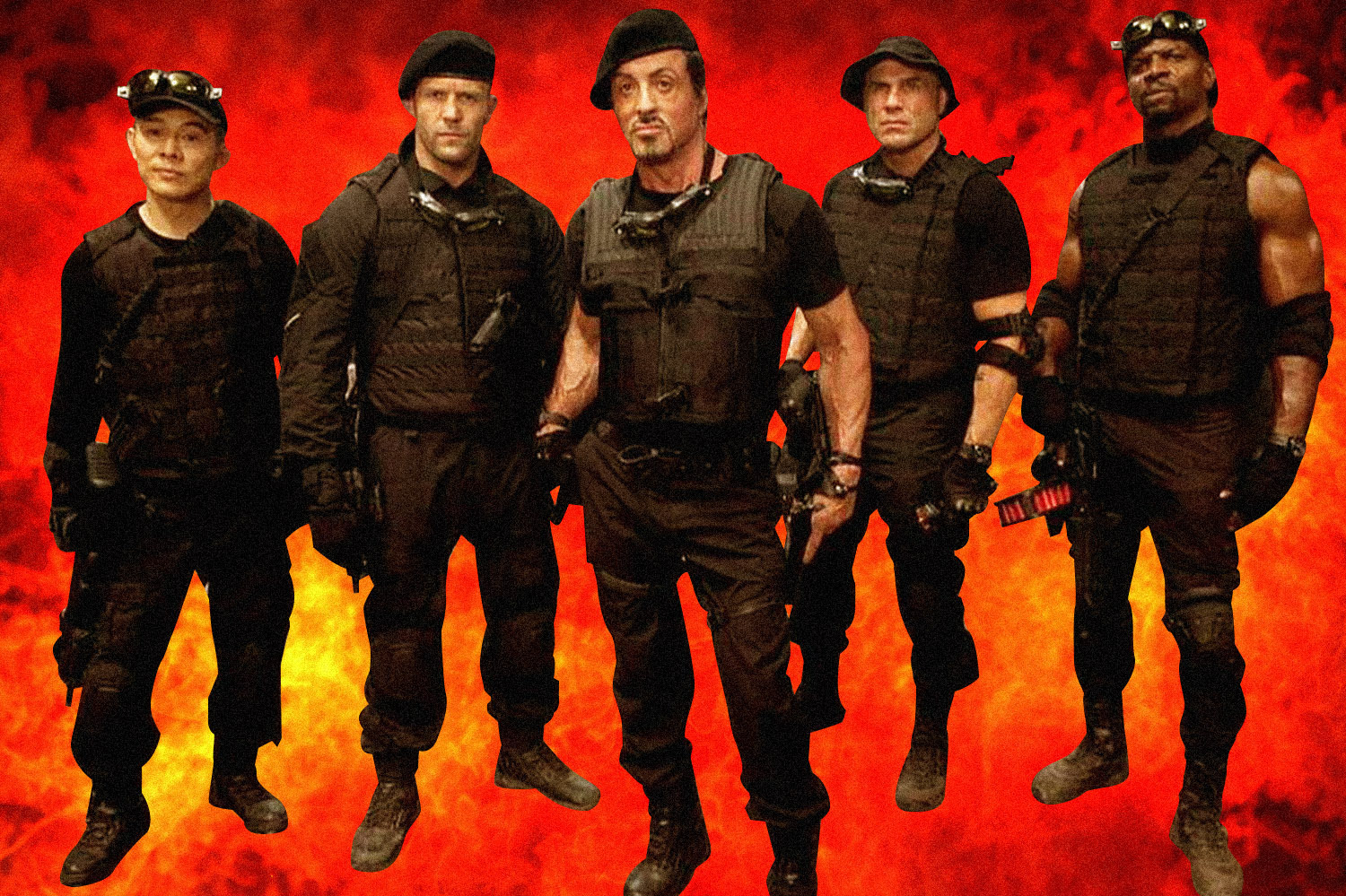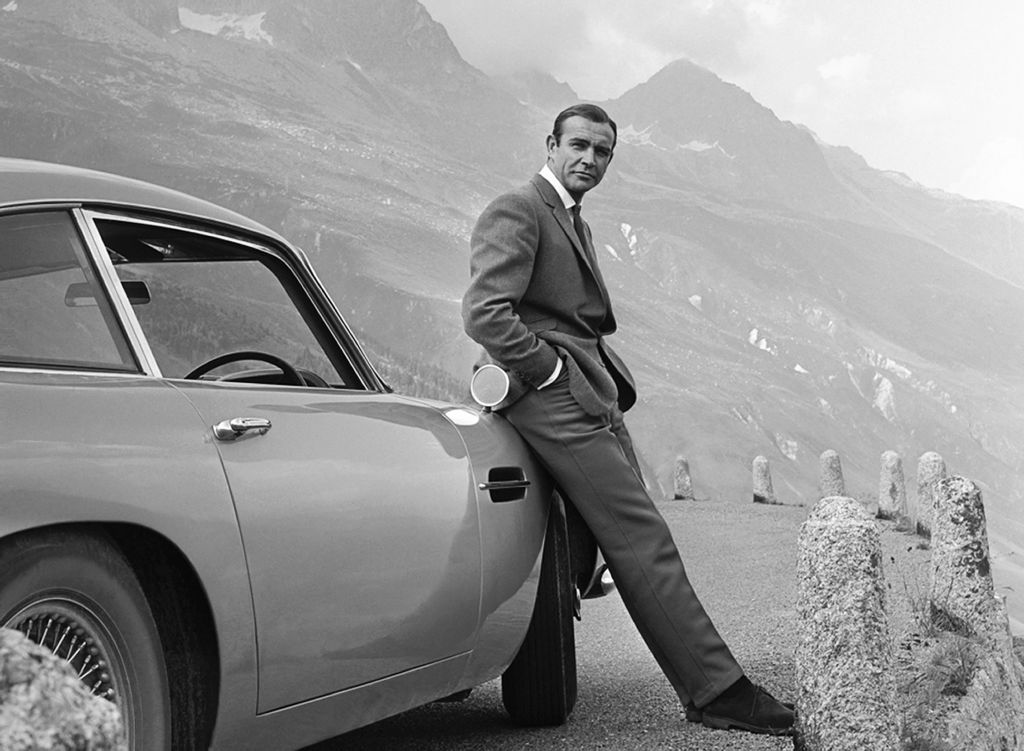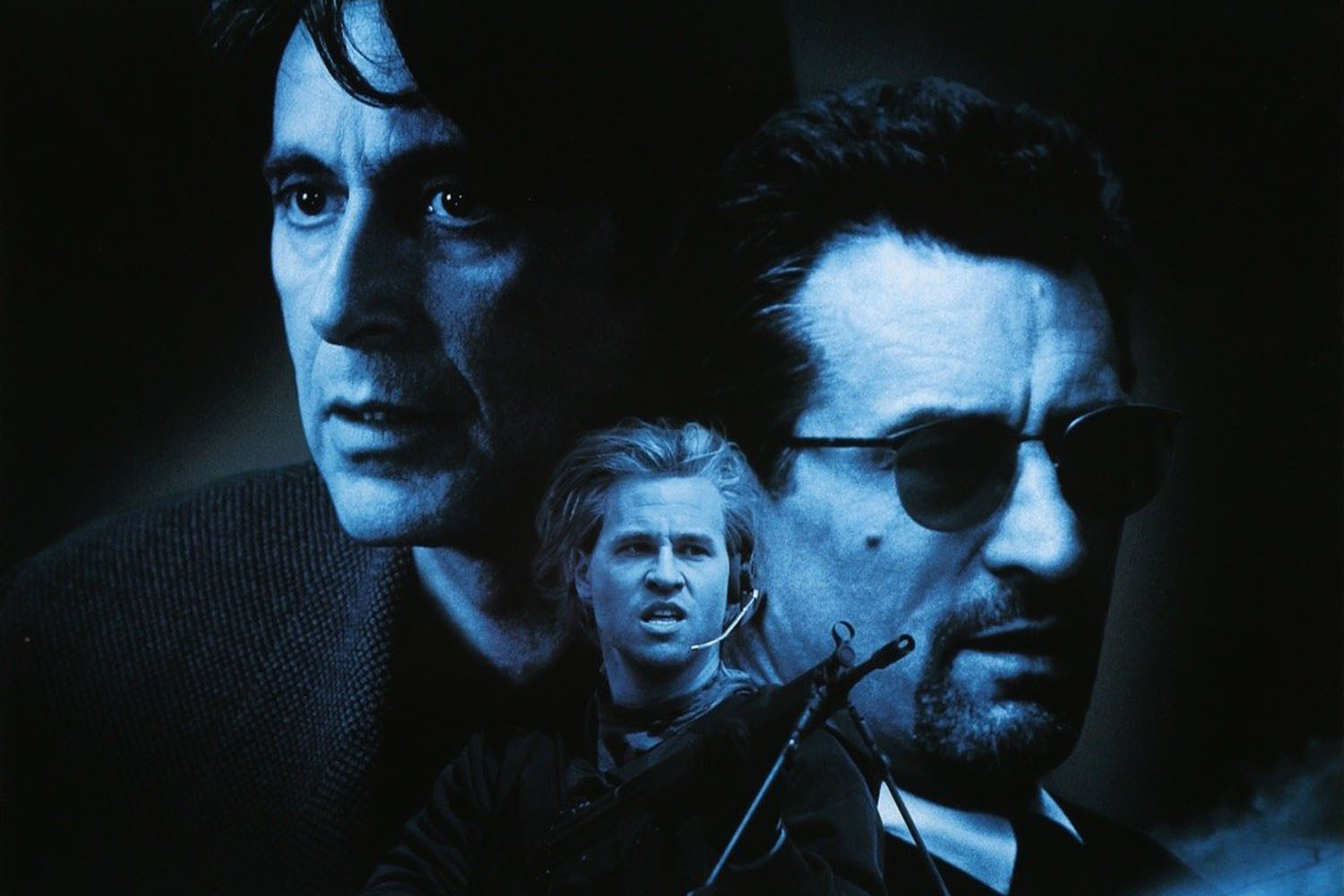Thirty years ago today, Tri-Star Pictures released a film that would go on to rake in more than $520 million at the box office, outearning its reported $100 million budget by orders of magnitude.
In terms of commercial viability, James Cameron’s Terminator 2: Judgment Day was an unqualifiable success (though, as we just established, it was very much a quantifiable one). Audiences around the country entered cinemas abuzz with anticipation to ogle the film’s impressive visual effects; the primary antagonist, Robert Patrick’s T-1000, was a shapeshifting liquid-metal assassin rendered in startlingly believable resolution thanks to the use of computer-generated imagery — aka CGI — from George Lucas’s Industrial Light and Magic. It would prove to be a landmark moment for action cinema.
Writing for Waterstone’s Magazine six years later, the late David Foster Wallace asserted that the film had ushered in an entirely new genre: “Special Effects (F/X) Porn.”
“Just like hard-core cheapies,” he wrote, “movies like Terminator 2 and Jurassic Park aren’t really ‘movies’ in the standard sense at all. What they really are is half a dozen or so isolated, spectacular scenes — scenes comprising maybe twenty or thirty minutes of riveting, sensuous payoff — strung together via another sixty to ninety minutes of flat, dead, and often hilariously insipid narrative.”
Wallace goes onto convincingly chart T2’s plot development along these lines, ultimately concluding that despite its impressive car chases and stylized violence, the film helped establish a cookie-cutter formula that would be rinsed and recycled by nearly every action film that succeeded it. Three decades later, perusing the sea of risk-averse sameness that defines today’s blockbuster cinema — When’s the last time you saw a $100M film that wasn’t a remake, franchise episode or superhero narrative? — it’s hard to argue that his prediction was off the mark.
And yet, in the first decade of its existence, Wallace’s reviled F/X Porn still felt novel and refreshing. Those were the days when the formula hadn’t quite yet calcified; the general plot arcs might have set off on a similar course, but the characters, settings and, vitally, the capabilities of the CGI itself, were in a state of constant evolution. The franchises that have by now become rote (Jurassic Park, The Matrix, Mission Impossible et al.) were still in their infancy. It was, without question, the one true golden age of the genre.
And so, on this long holiday weekend — itself an ode to the kind of pyrotechnics you’ll find on this list — we’re counting down the 30 best action movies of the decade that did the genre best.
Yippee-ki-yay, Mr. Falcon.
30. GoldenEye (Martin Campbell), 1995
No, not the N64 game. But rather, the first and arguably best movie of the Pierce Brosnan Bond era. Nothing beats free-falling off the side of the cliff into an airplane. Plus: the introduction of Dame Judi Dench as M. And the canonical on-screen death of the best-on-screen-dier of all time, Sean Bean.
29. Ronin (John Frankenheimer), 1998
The car chase is an action movie trope that belongs more to the ‘70s than the ‘90s. But Ronin stands up to the best of the best with a pair of immaculately choreographed pursuits through the streets of Paris and Nice. And amazingly, Sean Bean doesn’t die.
28. The Rock (Michael Bay), 1996
Nic Cage and Sean Connery grope their way through a loosely connected string of scenes that don’t answer many questions, but do seem to ask one: “Sure, why not?” Twenty years later, Michael Bay’s approach to filmmaking hasn’t changed much. But back then, it was somehow endearing. And hey, at least there’s the brilliant Ed Harris in his prime.
27. Tombstone (George P. Cosmatos), 1993
It admittedly takes a while to get there, but once the dust settles after a satisfying showdown at the O.K. Corral, we’re off and running. Wyatt Earp (Kurt Russell) and Doc Holliday (Val Kilmer) and the rest of their posse make up for lost time by taking out cowboy after red-sashed cowboy.
26. Lethal Weapon 4 (Richard Donner), 1998
Picking a favorite Lethal Weapon is like picking a favorite child. Actually, it’s nothing like that. But Gibson and Glover’s bromance shines in the series’ fourth installment, as do the additions of Chris Rock as comic relief and Jet Li as devilishly acrobatic bad guy.
25. The Jackal (Michael Caton-Jones), 1997
Easily one of the most slept-on entries on this list, The Jackal is an action movie that subverts many action-movie conventions: Russia and the U.S. are working … cooperatively. Bruce Willis is … the villain. And Jack Black makes a surprise appearance in one of the better scenes of comic relief to grace the ‘90s action canon.
24. Once Upon a Time in China (Hark Tsui), 1991
When you have Jet Li and a bunch of ladders, you don’t need physics to fight.
23. Die Hard With a Vengeance (John McTiernan), 1995
Combine a down-and-out John McClane with a scrappy shop owner with a chip on his shoulder (played by a rising Samuel Jackson), add a stuttering villain (played masterfully by Jeremy Irons) and an ingenious heist full of explosions, and you get the grittiest movie of the franchise.
22. Blade (Stephen Norrington), 1998
The opening vampire rave scene to New Order. Also the burning CGI skeletons. That is all. And let’s not forget: this was Marvel’s first theatrical success. So strange as it may sound, there’s a strong case to be made that without Blade, there’s no Logan.
21. Rumble in the Bronx (Stanley Tong), 1996
The title says it all. Ignore the clumsily dubbed dialogue, the played-out revenge story setup and the cartoon punks. It’s Jackie Chan against the world, and the artistry (yes, artistry) here is in all those meticulously choreographed, “How’d he do that?” fight scenes.
20. Starship Troopers (Paul Verhoeven), 1997
Yes, it’s a satire. But during the on-the-ground battle scenes, it’s also a sci-fi war flick on nerve-wracking par with Aliens. But, mainly a satire.
19. The Crow (Alex Proyas), 1994
Props to Proyas for bringing to life a champion for every picked-on goth kid in mid-’90s America, and for leaning into the comic book’s intensely violent aesthetic rather than watering it down for a PG-13 rating. Star Brandon Lee’s untimely accidental death during filming cements the film’s macabre legacy.
18. Run Lola Run (Tom Tykwer), 1998
“Wait, that movie was made in the ‘90s?” Yup, just squeaked in there and we’re glad it did, as it was the techno-soundtracked dose of unrelenting German intensity we all needed to close out the decade. The film’s greatest strength is its vertiginous handheld camerawork: it heightens the intensity to climatic levels throughout, and has since become something of a genre standard (the Bourne trilogy, Children of Men).
17. Independence Day (Roland Emmerich), 1996
Nothing unites a divided country (or world) like a battle against a common enemy, especially when it’s fought by a smooth-talking fighter pilot (Will Smith), a passionate geek (Jeff Goldblum), a kook (Randy Quaid) and a great President (Bill Pullman). But what makes Independence Day work — despite its painfully cliched notion of aliens — is watching everything blow the f*ck up.
16. Hard Boiled (John Woo), 1992
Woo’s Hong Kong masterpiece features a three-minute, no-cut, no-CGI massacre in a hospital that’s the Citizen Kane of shootouts. ‘Nuff said.
15. Con Air (Simon West), 1997
Only Nicolas Cage can make a ham-handed Southern accent an asset. The setup may be simple — a ragtag group of ultra cons take over their prisoner transport plane hostage and only Cage’s noble savage can thwart them — but the cartoonish characters (a wicked John Malkovich, a scary Danny Trejo and a lecherous Steve Buscemi) and the absurdity of the action sequences (read: landing a plane on the Vegas strip) elevate things from straight-to-DVD fodder to cult classic.
14. The Fifth Element (Luc Besson), 1997
New York pop-culture writer Frank DeCaro once called it “Gay Star Wars.” Was it the outfits? The fight scenes choreographed to a techno alien opera? Chris Tucker?
13. Speed (Jan de Vont), 1994
LAPD SWAT officer Jack Traven (quintessential ‘90s good guy Keanu Reeves) and cop-turned-criminal Howard Payne (quintessential ‘90s bad guy Dennis Hopper) go three rounds in this heavyweight fight, one involving an elevator, a second, of course, featuring a bus (and an up-and-coming Sandra Bullock) and the third a subway. As with any good heavyweight bout, someone ends up getting their head ripped off in the final third. Bonus point for inserting the phrase “Pop quiz, hotshot” into our collective lexicon.
12. Heat (Michael Mann), 1995
It’s got bank robberies. It’s got shootouts. It’s got painfully overwrought dialogue. And in the hands of a director as stylish as Mann and a pair of co-leads who go by Pacino and De Niro, that’s all it needs.
11. Bad Boys (Michael Bay), 1995
If you ever wondered how Michael Bay gets to do what he does or how Will Smith went from Fresh Prince to action hero, look no further than Bad Boys. The hyper-stylized movie transformed both of their careers with one giant explosion, while also wisely giving Téa Leoni and her baby blues to top billing. And all that despite a trite plot with no twists. But it’s a helluva ride.
10. The Fugitive (Andrew Davis), 1993
Singular for the fact that it has no true antagonist, but rather, two protagonists. Thus, the viewer is trapped in a vicious cinematic Catch-22, simultaneously rooting for both Harrison Ford’s Dr. Richard Kimble and Tommy Lee Jones’s Deputy U.S. Marshal Samuel Gerard to succeed despite the diametric opposition of their objectives. And then somehow, it all works out!
9. The Professional (Luc Besson), 1994
Besson’s tale of a lone-wolf hitman finding his humanity via an orphaned Natalie Portman isn’t an action movie. It is an action film. Bonus points to Gary Oldman for his legendary turn as a psychopathic, pill-popping corrupt cop.
8. Mission: Impossible (Brian de Palma), 1996
In an alternate reality, we would be forever debating what this movie is really about: the Cold War pretext, the double-dealing double agents, whatever the hell Job 3:14 means. In this reality, though — the one where the plot is simply too convoluted to even attempt to make sense of it — we’ll remember this movie for what it is: The one with the exploding gum. The one with the high-speed train ride chase. And, y’know, the one that gave us one of the most iconic heists in cinematic history.
7. Die Hard 2 (Renny Halrin), 1990
Send a lieutenant with a history of foiling terrorist heists (while on vacation) to the airport to pick up his wife on the same day that a drug-dealing dictator is being extradited and what do you get? “How can the same shit happen to the same guy twice?” This is Hollywood, McClane. And since we know from the first movie that you hate airplanes, guess where the climax takes place?
6. Total Recall (Paul Verhoeven), 1990
The Washington Post once called it an “appalling onslaught of blood and boredom” — as if it were a bad thing. Regardless, it’s not a fair appraisal of the film: beyond the gore, unrelenting tension and awesomely crafted space freaks (a conjoined-twin oracle; a three-breasted humanoid) lies a wonderfully complex plot that — unlike that of so many of the films on this list — the viewer can actually make sense of.
5. Jurassic Park (Steven Spielberg), 1993
Ironically, the reason this film has aged so well is precisely because it eschewed a reliance on the supposed wave of the future: computer-generated effects and imagery. Animatronic dinosaurs may be prohibitively expensive and time-consuming to cast, but damned if they don’t look every bit as terrifying in 2017 as they did a decade and a half ago.
4. The Matrix (The Wachowskis), 1999
As an audience on opening weekends, we cheered bullet time, the (non-)existence of spoons, Keanu Reeves as a “not too bright” savior and best prep-for-battle line of all-time: “So what do you need? Besides a miracle.” “Guns. Lots of guns.” Don’t let the fact that it’s become Theology 101 required reading — and the once-revolutionary special effects have aged to just-OK special effects — take away from the fact that underneath it all, this is two-and-a-half straight hours of high-octane action porn.
3. Face/Off (John Woo), 1997
Happy 20th anniversary to the time when a studio exec said to Nic Cage and John Travolta, “Just do you. Well, not you … actually [points], do him.” Thank God it wasn’t the originally envisioned Stallone-Schwarzenegger pairing. Bonus points for the slo-mo, child-endangerment shootout soundtracked to “Over the Rainbow.”
2. Point Break (Kathryn Bigelow), 1991
Nevermind the fact that Bigelow’s tale of wave-shredding bank robbers basically served as the blueprint for the entire Fast & Furious franchise (replace surfboards with cars and whaddya got?). Nevermind the fact that “Utah, get me two” has become the gold standard of asking for two of anything. The truly seminal aspect of Point Break is that it triggered the latent bromance gene for an entire generation of American males.
1. Terminator 2: Judgment Day (James Cameron), 1991
In his seminal essay on the genre, David Foster Wallace begrudgingly admitted that T2 “stand(s) head and shoulders above most of the F/X porn blockbusters that followed it.” Afforded a budget that asked George Lucas’s effects studio to “quadruple the size of its computer graphics department for the T-1000 sequences,” the film delivers — stupendously — on the non-stop action that nearly every action-movie trailer since has promised. Here is T-1000 emerging from the wreckage of a massive explosion. Here is T-1000 piloting a helicopter under a bridge while firing a submachine gun at an armored truck. Here is T-1000 meeting his (apparent) end in a vat of molten steel. Does it matter that the storyline is a reductive rehash of its plainly superior 1984 prequel? Not when you’re having this much fun.
Whether you’re looking to get into shape, or just get out of a funk, The Charge has got you covered. Sign up for our new wellness newsletter today.
